Are you considering a new countertop surface for your new home or a remodel to your existing kitchen countertops? It can be difficult to decide what surface will look and function the best in your home. With so many different options, we want to make sure that you know the pros and cons of each different material.
Granite
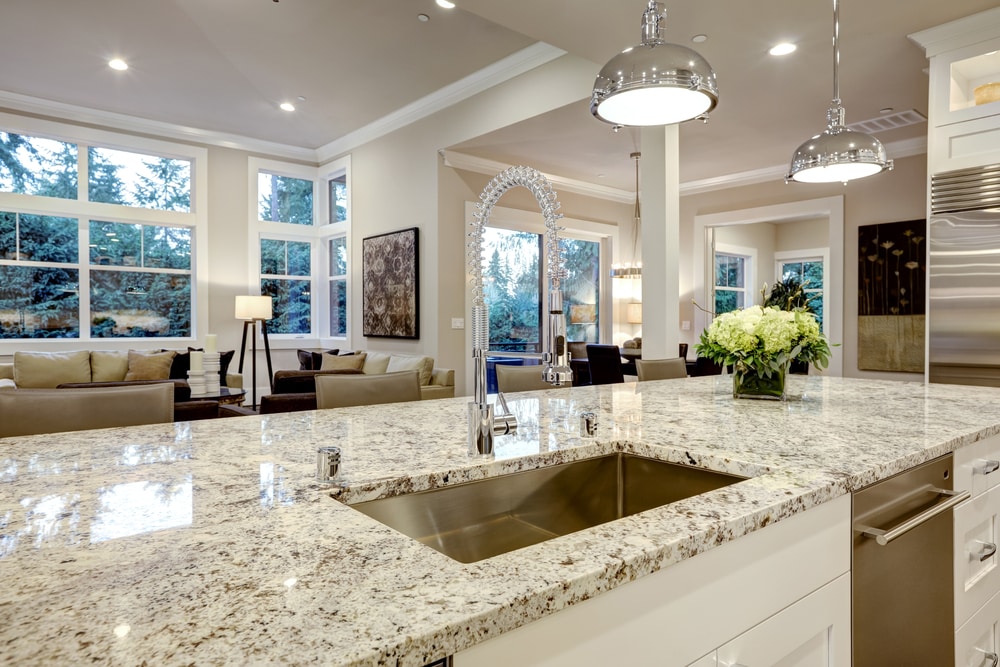
As one of the most popular countertop types on the market today, you are likely to see granite options everywhere. Granite has natural patterns that make each slab completely unique, and it is durable and functional for almost every homeowner. Granite is heat-resistant and can stand up to nicks, scratches, and spills. Since the stone is porous, it needs to be sealed before use to prevent staining. With proper granite care products, you can easily keep granite looking great for decades.
Quartz

Quartz is another popular countertop material that more and more people are bringing into their homes. In the past, there weren’t many color and design options for quartz, but now there are dozens of colors, designs, and patterns available in quartz. Every piece of quartz will be slightly different than all of the others in the world.
While quartz is durable, it isn’t the most durable stone option. It doesn’t have the same heat-resistance as granite. However, it is anti-microbial and resistant to stains and odors. Fortunately, quartz is very low-maintenance. It doesn’t require any sealing, but you should never use scouring pads or harsh chemicals on quartz.
Quartzite

Like other natural stone surfaces, all quartzite has a unique appearance. There are a variety of color and pattern options available for quartzite, but it tends to be cheaper than marble.
Quartzite is harder than granite, so it is extremely durable and works well for a countertop. It does require some maintenance because it is a porous stone; it should be sealed about once a year. Quartzite can be dented and chipped if used improperly.
Marble

Marble is considered a luxury countertop surface, so some people like it for the extravagance associated with the stone. Its high price tag leads many to go with a more affordable option. Additionally, marble is softer than many of the other stone options on the market, and it is more likely to stain. However, marble comes in a number of different colors, which can make it highly desirable for some.
Wood
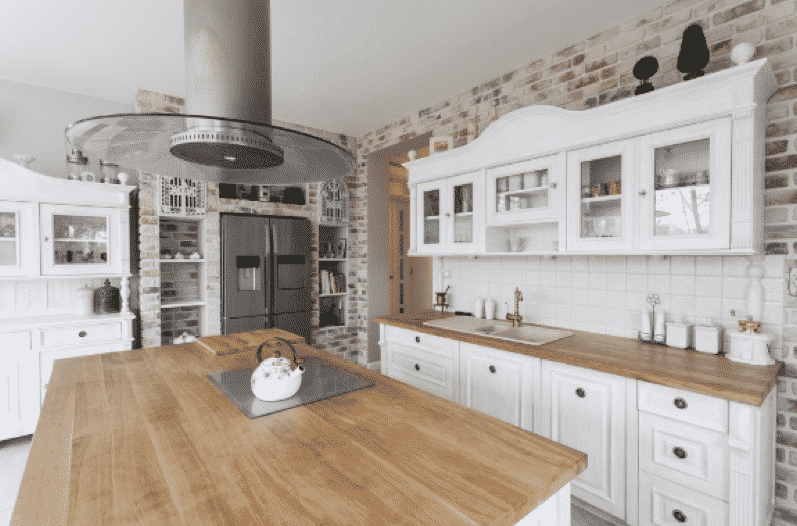
Wood countertops, as well as butcher-blocks, are also making a comeback in many kitchens. Wood countertops are typically made out of teak, rock maple, cherry, walnut, or oak woods. To create such a large surface, manufacturers must glue strips of wood together. There are three different fabrication methods, however, so the look of wood countertops can be very different depending on the chosen method.
Edge grain wood countertops are made by gluing long, thick strips of wood together with the edge graining facing upward. End grain countertops are made by gluing short, square sticks of wood together with the rough end grain facing upward. Finally, wide plank countertops use wide boards that are glued together on the edges. Wide plank countertops are the most common type of wood countertop.
Wood is both bacteria-resistant and knife-resistant so that you can do all of your cutting and chopping directly on the wooden surface instead of on top of cutting boards. While wood is fairly low-maintenance, it does require mineral oil or beeswax sealing to keep it looking nice.
Concrete

Concrete countertops are a popular option for homeowners who want an industrial-looking kitchen. These countertops are smooth and shiny, and they tend to work well with any color of any kitchen. If you want to add color to make your concrete countertops stand out or look unique, you can add a ting, glass, or rocks to the concrete.
Concrete is another porous countertop option, so countertops make out of concrete will need to be sealed frequently to prevent staining. Concrete is as heat-resistant as some of the other options on our list, and it is extremely heavy, so you need to be sure that you have adequate support for this kind of countertop. If your foundation shifts, your countertop may start to crack.
Stainless Steel
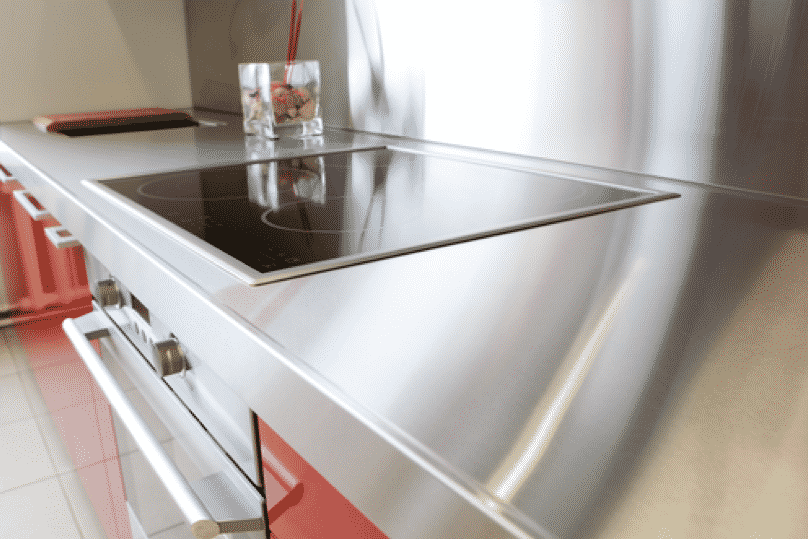
The industrial look of stainless steel countertops has made them incredibly popular in modern kitchens. Originally, these countertops were only found in commercial kitchens. Commercial kitchens use stainless steel because they are extremely hygienic and durable. Stainless steel is heat resistant, so they are less likely to be damaged if something hot is placed directly on the surface.
Even though stainless steel is durable, it can be dented. It can also be quite loud to prepare and cook food on. Discoloration can also occur if stainless steel countertops aren’t properly cleaned and maintained.
Ceramic Tile
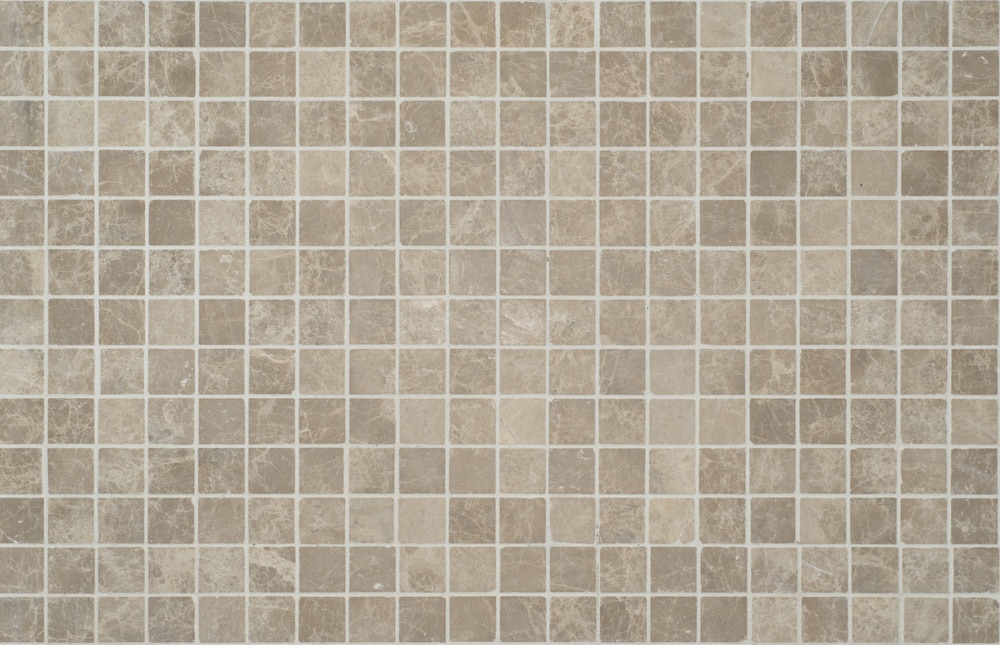
The sleek look of the previously mentioned countertop surfaces won’t be found with ceramic tile, which is why it isn’t a popular choice in home countertops anymore. Tile countertops require the use of grout, which is notoriously hard to maintain. Grout is also known for harboring bacteria, which can lead to illness when food is involved. Finally, the uneven surface of tile makes it difficult to prepare and cook food on, so it isn’t even a functional countertop surface option for many people.
Laminate
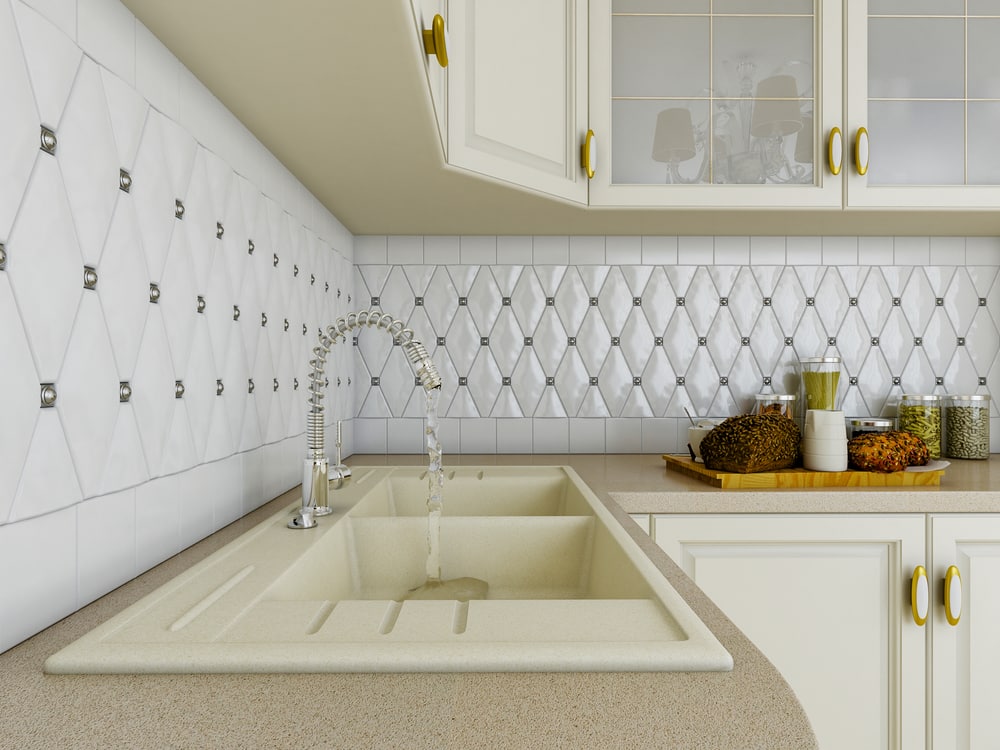
Laminate countertops are constantly decreasing in popularity for a variety of reasons. One of the reasons that laminate isn’t very popular anymore is that it is prone to peeling, staining, scratches, and burns. Additionally, it isn’t really that much cheaper than some of the stone options on this list, which makes it less desirable for some homeowners.
While there is a lot to know about countertop materials, this information should help you better make a decision about what you want in your home based on your lifestyle and the material’s appearance.
